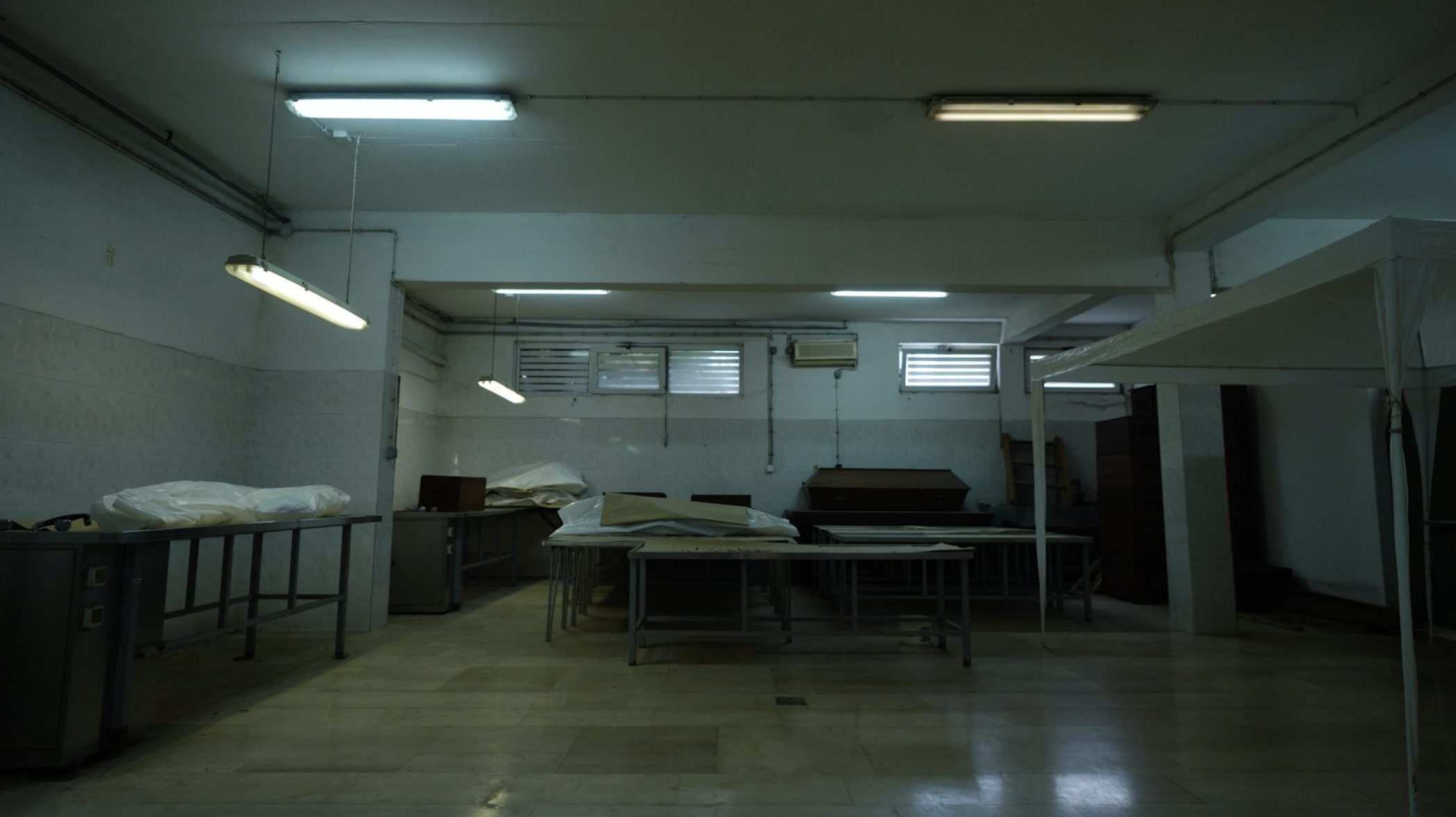This post is also available in: Bosnian
Testifying at Ratko Mladic’s trial before The Hague Tribunal, anthropologist Freddy Peccerelli speaks about exhumations from mass graves in eastern Bosnia and Herzegovina.
Prosecution witness Peccereli described an exhumation from Lazete 1 and 2 graves, Zvornik municipality. His team found about 150 bodies and remains, as well as 89 blindfolds and a few wires used for tying hands, in those graves in 2000.
Mladic, former Commander of the Republika Srpska Army, VRS, is charged with genocide in Srebrenica in 1995.
Peccereli said that, according to Prosecution’s investigators, VRS members removed a large number of corpses from Lazete 2 grave, where only 16 bodies were found in 2000, and transferred them to other locations in an attempt to conceal the crime in September 1995.
Peccereli presented satellite images on which one could see that the ground at the location of the Lazete graves was dug in that period in order to support his allegations that bodies were buried in those two graves in one go in the period “between July 5 and 27, 1995”. The witness’ team found more than 650 bullet capsules next to the graves.
According to the charges, Srebrenica Muslims, who had previously been detained in a school building in Orahovac village, near Zvornik, were killed and buried at that location. On July 14, 1995 the VRS took about 1,000 Muslim men from the school building and shot them.
During the cross-examination the Defence presented a thesis that a group of the victims who were buried in Lazete mass graves, was not killed there but four kilometres away in the woods during a breakthrough by the Army of Bosnia and Herzegovina, ABiH, from Srebrenica to Tuzla.
Mladic’s Defence attorney Miodrag Stojanovic said that bodies of killed soldiers were collected and buried as part of a legal terrain cleaning process.
Peccereli said that, in order to give a final answer it was necessary to also consider findings by pathologists and ballistics, adding that the Defence’s thesis did not match the actual situation next to the graves, as he saw it, considering the presence of a big number of bullet capsules in that area.
When asked whether he knew if any big battles between the VRS and ABiH were conducted in that area in July 1995, the witness said that he did not know. He pointed out that, considering the large number of blindfolds found at those places, it was “unlikely” that people killed in battles were buried in them.
The Defence presented the witness with a report by Jose Pablo Baraybar, another Prosecution expert, indicating that “the minimal number of victims” found in that grave was 250. Peccereli said that he “has no information about that report”.
Responding to a Defence’s allegation that the fabrics found in the graves could have been bands, which ABiH soldiers often wrapped around their heads or arms, and not blindfolds put on people’s eyes before the shooting, the witness said that he first heard about that from Radovan Karadzic at his trial.
Karadzic, former President of Republika Srpska, is currently on trial before The Hague Tribunal for genocide and other crimes committed in Bosnia and Herzegovina.
The trial of Mladic is due to continue on October 29, when Patrick Rechner, United Nations’ military observer, who was captured by VRS in the spring of 1995, is scheduled to be examined.



